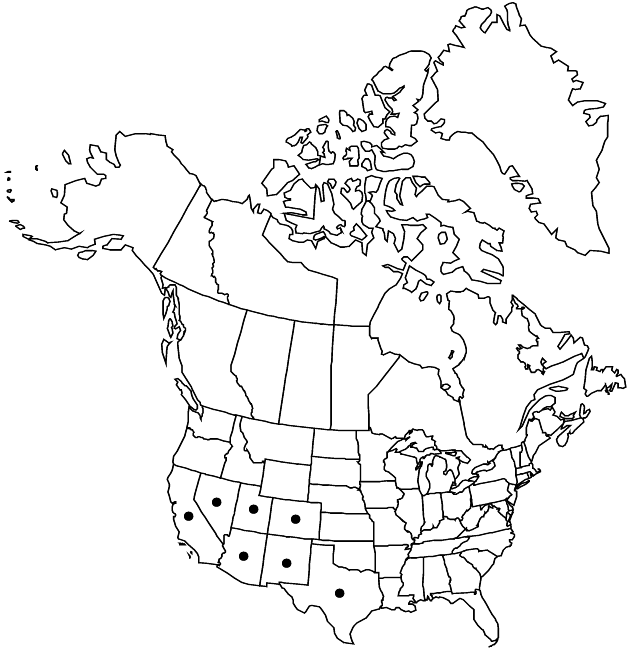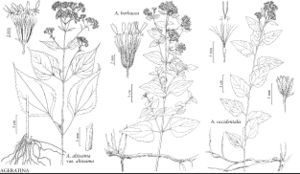Difference between revisions of "Ageratina herbacea"
Phytologia 19: 222. 1970.
FNA>Volume Importer |
FNA>Volume Importer |
||
| Line 8: | Line 8: | ||
}} | }} | ||
|common_names=Fragrant snakeroot | |common_names=Fragrant snakeroot | ||
| − | |basionyms={{Treatment/ID/ | + | |basionyms={{Treatment/ID/Basionym |
|name=Eupatorium ageratifolium var. herbaceum | |name=Eupatorium ageratifolium var. herbaceum | ||
|authority=A. Gray | |authority=A. Gray | ||
| + | |publication_title=Smithsonian Contr. Knowl. | ||
| + | |publication_place=5(6): 74. 1853 | ||
}} | }} | ||
|synonyms={{Treatment/ID/Synonym | |synonyms={{Treatment/ID/Synonym | ||
| Line 54: | Line 56: | ||
|publication year=1970 | |publication year=1970 | ||
|special status= | |special status= | ||
| − | |source xml=https://jpend@bitbucket.org/aafc-mbb/fna-data-curation.git/src/ | + | |source xml=https://jpend@bitbucket.org/aafc-mbb/fna-data-curation.git/src/f6b125a955440c0872999024f038d74684f65921/coarse_grained_fna_xml/V19-20-21/V21_1398.xml |
|tribe=Asteraceae tribe Eupatorieae | |tribe=Asteraceae tribe Eupatorieae | ||
|genus=Ageratina | |genus=Ageratina | ||
Revision as of 18:47, 24 September 2019
Perennials or subshrubs, (20–)30–60(–80) cm (woody crowns and woody rhizomes). Stems erect (brittle), minutely puberulent. Leaves opposite; petioles 10–25 mm; blades triangular to lanceolate-ovate or ovate, 2–5(–7) × 1.5–3.5(–4.5) cm, bases truncate to shallowly cordate, margins dentate to serrate-dentate, abaxial faces sparsely hispidulous to glabrate, eglandular. Heads clustered. Peduncles 4–15 mm, puberulent. Involucres 4–5 mm. Phyllaries: apices acute, abaxial faces granular-puberulent. Corollas white, glabrous. Cypselae finely strigose-hispidulous. 2n = 34.
Phenology: Flowering (Jul–)Aug–Oct.
Habitat: Pine, pine-oak, juniper, and pinyon-juniper woodlands, rocks along streams, slopes, ridges, washes
Elevation: 1400–2700(–2900) m
Distribution

Ariz., Calif., Colo., Nev., N.Mex., Tex., Utah, Mexico (Baja California, Chihuahua, Coahuila, Sonora).
Discussion
Ageratina herbacea is recognized by the distinctive color of its usually yellow-green, sometimes grayish, leaves, granular-puberulent involucres (with minute, thickened, eglandular hairs), and woody rhizomes.
Selected References
None.
